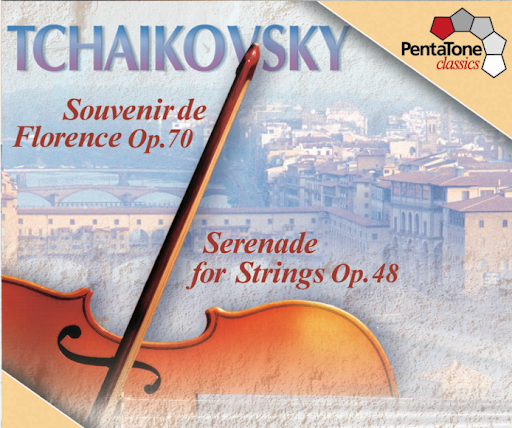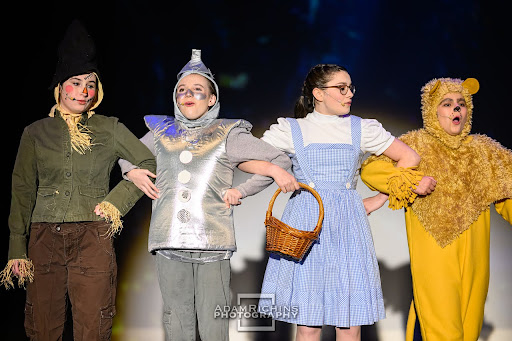Tchaikovsky’s Serenade for Strings is a core romantic piece. When you delve into it, it broadens your perception of beauty and widens your capacity to interpret music according to whatever you may be processing at the moment. For background context, it was written in 1880 when Tchaikovsky had just returned to Russia after spending a while in Paris. That same year, his father died, and he and his family were struck by deep sadness. Tchaikovsky was struggling with an alcohol addiction as well, and was only saved from it by his creative musical activity. It was in this time period that he composed four major works, including his famous 1812 Overture and his Serenade for Strings in C major.
The Serenade for Strings was Tchaikovsky’s personal favorite to compose. It contrasted with his other more vehement works because it was his first piece communicating serenity. He wrote to a friend about the contrast between the 1812 Overture, which he was working on at the same time, and this serenade, saying “The Overture will be very loud and noisy, but I wrote it without any warm feelings of love and so it will probably be of no artistic worth. But the serenade, on the contrary, I wrote from inner compulsion. This is a piece from the heart and so, I venture to say, it does not lack artistic worth.” The quote shows how Tchaikovsky poured personal emotion and love into this serenade.
The first movement begins majestically with a string chorale, then slides into breezy, light, and airy lines passed through the orchestra. It musically paints a picture of ideological majesty and presents a focus on the sublime with the joy of the dancing violin lines. The second movement has a warm enveloping feel between the conversational voices of the instruments. It shows a focus on love and other deeply warm emotions. The Third movement is nostalgic and lamentful, creating a dreamy atmosphere. This movement emphasizes the imagination and the beauty of the past. The finale, or fourth movement, starts quietly and on one pitch in octave, shimmering almost like ice. Then it melts into the remembrance of the first movements and ends in a blaze of energy. Altogether the piece truly belongs to the romantic era, because of its time period, and the imaginative, sublime, and warm emotions it conveys.
Equipped with a general analysis of the emotions communicated through the technicalities of the music, the rest of the story is yours. Music can be used to process a difficult problem, inspire new creativity, or merely just to rest the mind. The beauty of orchestral music is that the melodic lines and counter harmonies take you on a journey, but everyone who hears the piece goes on a different journey. So take a breather from your day and listen to the whole serenade, allowing your soul to rest in the beauty. You can listen to it here on Youtube, Spotify, or Apple Music. Enjoy!
By Elisabeth Halberstadt, Music Editor













